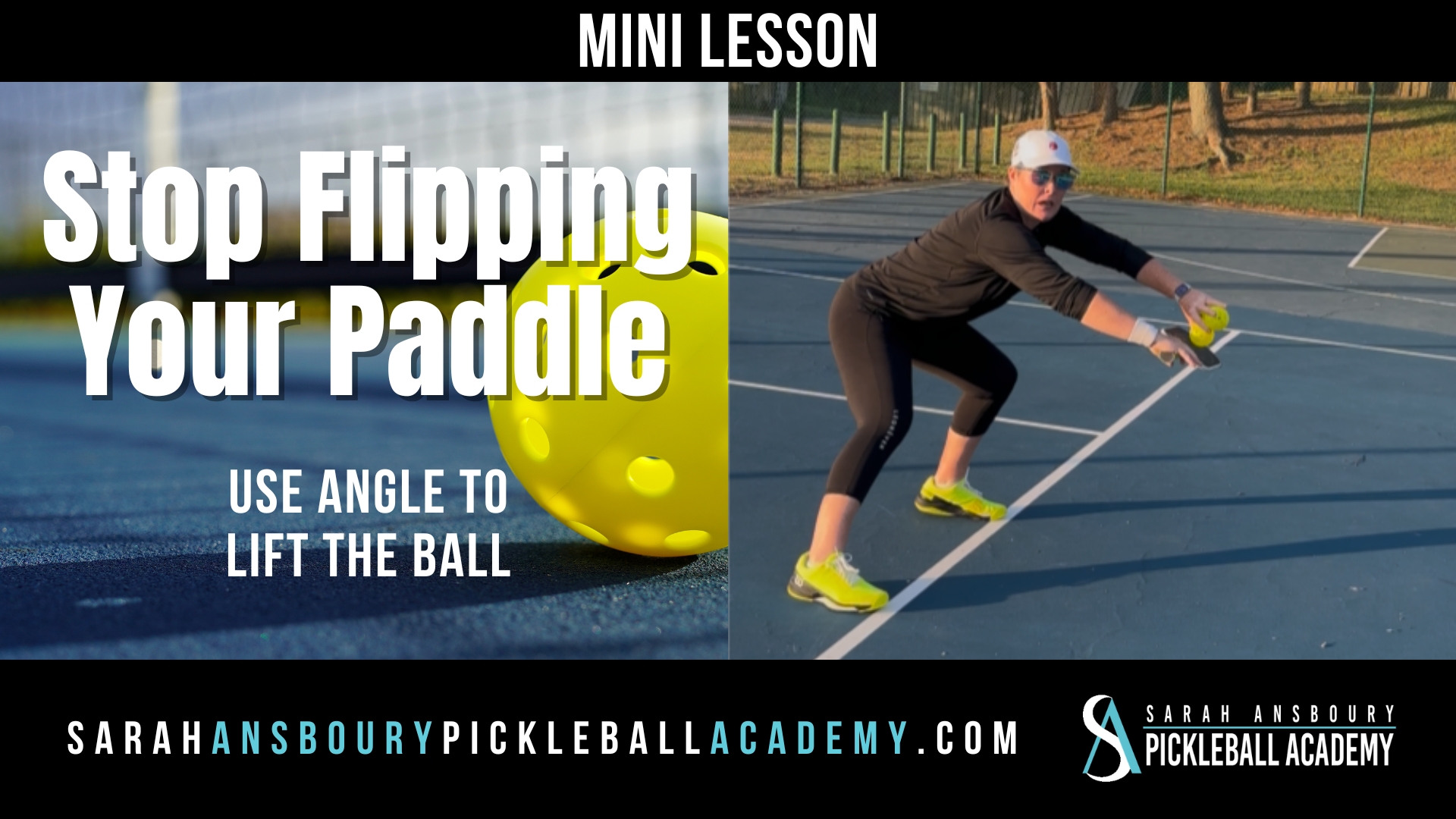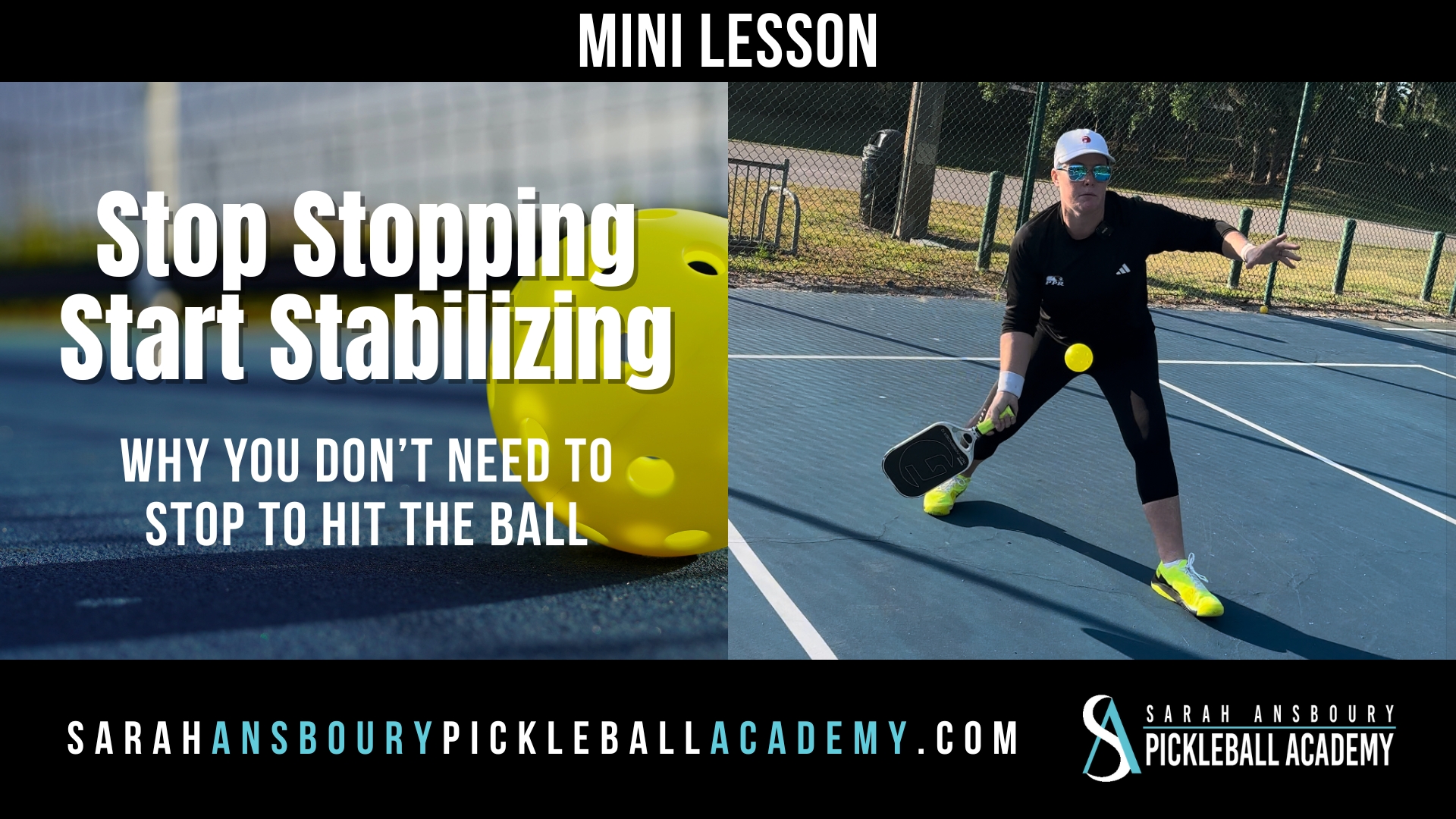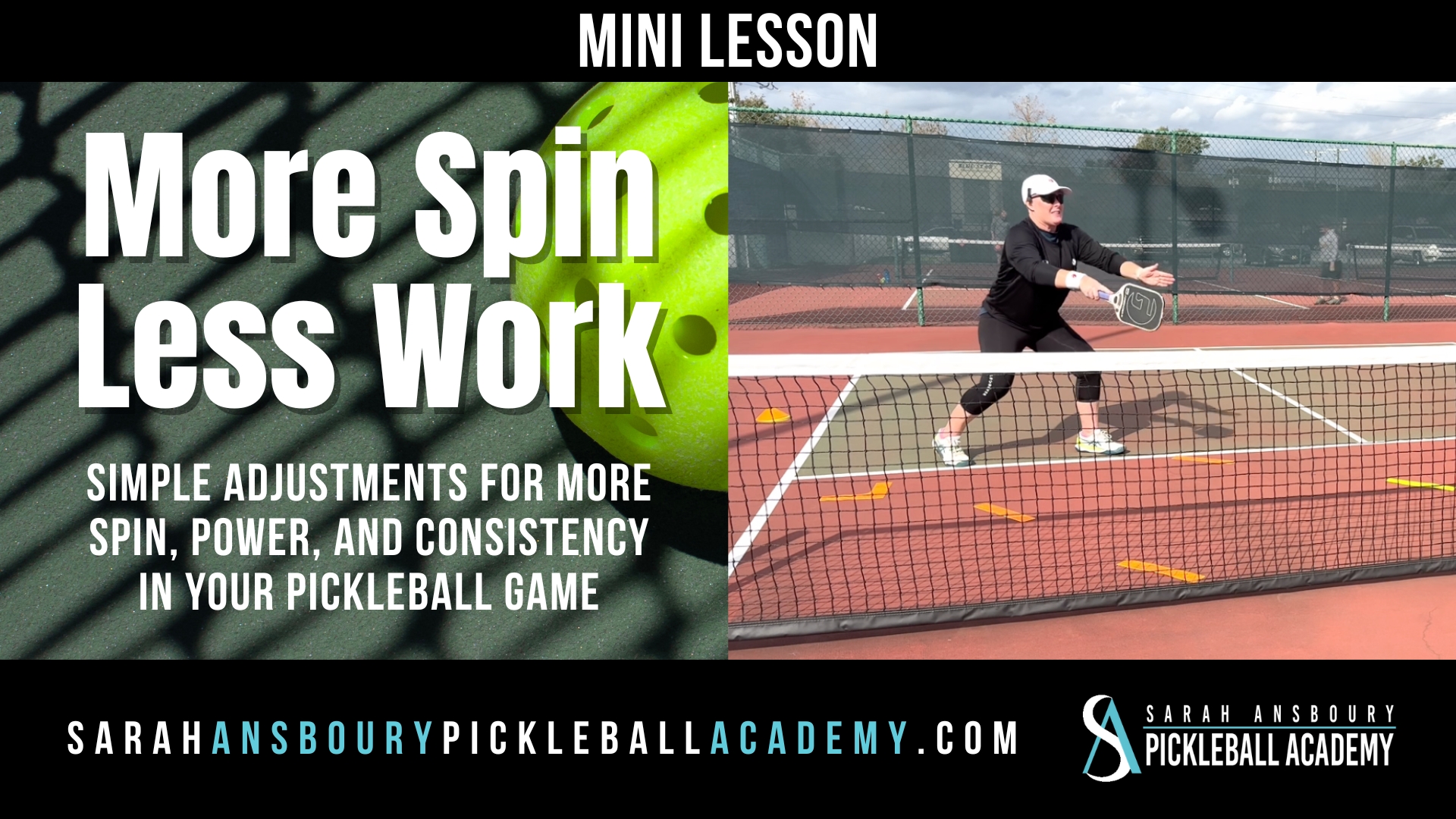Stacking is so common in pickleball now. You will rarely find a high level match where the partners don’t stack at one point or another. Today we’ll explore why stacking is becoming more popular and how it might benefit you.
Pickleball Stacking 101
When I first stated playing pickleball stacking wasn’t that common. Many players didn’t like the idea of it, and only used it when one of the players was left handed and one was right handed. However, I have been stacking from the very beginning. Literally, in my first tournament, a friend suggested that I was better than the man I was paired with and thought stacking would help. It worked! Of course, I never was sure exactly where I was supposed to be…but with time and practice it became second nature. If you are not familiar with pickleball stacking or find it confusing I recommend you read this pickleball stacking primer.
Stacking and Switching it Up
If you have watched the major matches, you have noticed that players seem to switch it up fairly regularly. You may have noticed:
- It’s not always about playing on one side. Often you will see us switch our stacking almost every point depending on how our opponents stack up. There are times in mixed let’s say that I want to be down the line from the person we are isolating. So maybe we will adjust according to the score and how they are stacking. Quite possibly we just want to show a different look to change something. Often when there hasn’t been any scoring or maybe to stop more scoring we will make a change in stacking.
- Teams will assume different sides of the court as the ball has been served. In tennis, players often use hand signals for poaching in doubles. A lot of players have brought that style of signaling and stacking into pickleball. Instead of coming from the outside of the court, which is very common, players will start in the correct position and simply switch sides. The benefit of this style is that you can change right up until the last second, it isn’t as obvious what you are doing, and you are adding variety into your play. The drawback is the lines can be open much more leaving an opportunity to get passed, signals can get confused, or sometimes players overthink signals.
One word of caution. Stacking can lead to overthinking your options. It is possible to become distracted by the possibilities and loose focus on the point at hand. So take your time, and use all the time you have to communicate with your partner.
Stacking Gives You Options
 At the same time, stacking gives you options. I think it is extremely important for players to be able to play both sides for different reasons. I am personally more comfortable on the left side of the court but I need to keep playing both because I actually have things I can do on the right that I can’t on the left.
At the same time, stacking gives you options. I think it is extremely important for players to be able to play both sides for different reasons. I am personally more comfortable on the left side of the court but I need to keep playing both because I actually have things I can do on the right that I can’t on the left.
Any good player always looks to evolve and expand. Whether or not I stick with new movements or strategies isn’t what’s most important but that I’m looking for ways that I can improve my game. If it works great and if not no harm no foul.
The more tools you have in your belt the better. You want to feel comfortable in all situations. So take the time to learn how to stack…it may even help your game.











